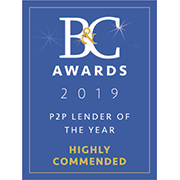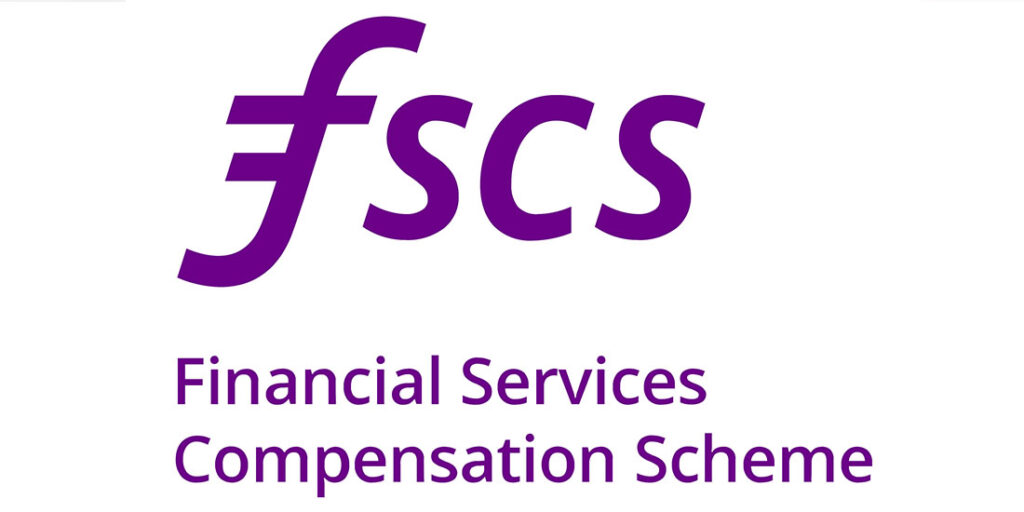
Has Kuflink Peer to Peer Lending Changed During COVID-19?
Has our relationship changed with investors this year; do we talk to them in a different way, or is the message still the same?
Going into 2020, investors had already become warier about peer to peer lending because of the failures of certain peer to peer platforms, such as Lendy. Potential investors are now asking more questions about the security of their money and are querying the quoted levels of return. We saw this as a good thing because too many people had fallen for the hype from peer to peer lending platforms offering double-digit returns. They neither had the knowledge nor the expertise to operate but had made claims that would subsequently not be backed up. People who have approached us are now asking the right questions that every investor must ask before investing their money. They are more prepared to listen to all the pros and potential cons involved in peer to peer investing.
Large group investors are growing their money with peer to peer lending, and it has become a real asset class. Many financial advisors also recommend p2p lending to their clients. In addition, institutional investors like pension funds and hedge funds are also getting involved. Now more than ever, new investors are flocking to peer to peer lending platforms to take advantage of the returns offered.
Quick Overview of P2P Pros and Potential Cons
Peer to Peer investing offers a lot of benefits to both lenders and borrowers:
- High Returns for Investors: peer to peer investment usually offers high returns to the investors compared to other traditional types of investment options.
- A Comparatively Easier Source of funding: for borrowers, P2P lending can be a more accessible way of getting funds compared to conventional institutions such as banks. This might be because of the low credit score of the borrower or a different loan purpose.
- Low-Interest Rates: peer to peer loans typically have lower interest rates for the borrowers because of the intense market competition between lenders and low origination charges.
Nonetheless, peer-to-peer investing does have some potential cons.
- Credit Risk: P2P loans are exposed to higher credit risks. The majority of the borrowers applying for the peer to peer loans have low credit scores that don’t allow them to get a traditional loan from a bank. Hence, investors have to be aware of the default probability of their counterparty.
- No Government Protection/ Insurance: as an investor, it is important to know that the UK government doesn’t provide any type of protection to the investors if the borrowers default.
- Legislation: a few jurisdictions don’t allow peer to peer investiment or need the platforms that provide these services to comply with investment regulations. As a result, P2P may not be available to some lenders or borrowers.
Even with a large number of loans being lent, it’s still a minor percentage of the total lending market. However, it is continuously growing and is becoming an important part of the financial system.
How has Kuflink Handled COVID-19 as Peer to Peer Lending Platform?
Once COVID-19 came along, conversations became more challenging. But by talking to investors openly, with details of our vetting process for borrowers, particularly those who needed time to get through COVID-19, we reassured most investors that payment breaks were needed and loan extensions for some, so they didn’t pay too much default interest. 10-15% of our book had payment holidays, but we still honoured interest payments to investors.
The conversations with our retail investors were about reassurance, having to educate them on what could happen in a worst-case scenario and what our plans were during this period.
We communicated with the whole investor base throughout this time, letting them know what we were doing and how we were performing, giving regular loan updates and letting our investor community know how much we had paid back to them while other platforms had stopped trading.
It has been tough, but we have remained confident in our underwriting, systems, and processes. We have shown our investors that we are able to trade in a downturn and still provide good returns to our investors.
Kuflink Going Strong During Coronavirus Pandemic
Coronavirus outbreak and the continuous threat have affected many p2p platforms, but Kuflink has not only been able to stay stable but has increased turnover.
- Working at full capacity: Kuflink team has been working from home at full capacity and managing everything efficiently. All our operations and services have continued to remain unaffected.
- There are no additional charges: even though many platforms have taken this route to survive, we have not introduced any additional charges during COVID-19.
- Study Loan Performance: Most of our loans have been performing as planned. All our loans are backed by UK property*. However, following the government guidance, we have worked through it without borrowers to help them in this difficult situation.
- No Reduced Interest Rates: we have not reduced our interest rates. Kuflink continues to offer the same great interest rates for both new and existing customers.
- Always Open for Contact: regardless of the circumstances, our team is always available for our customers in every aspect. Our customers can call us on 01474 33 44 88, email us at hello@kuflink.com or talk to our agent via live chat on our website www.kuflink.com. Our working hours are from Monday to Friday, 09:00 am to 05:30 pm.
*Capital is at risk, and the FSCS does not protect Kuflink. Past returns should not be used as a guide to future performance. Securing investments against UK property does not guarantee that your investments will be repaid, and returns may be delayed. Tax rules apply to IF ISAs and SIPPs and may be subject to change. Kuflink does not offer any financial or tax advice in relation to the investment opportunities that it promotes. Please read our risk statement for full details.













